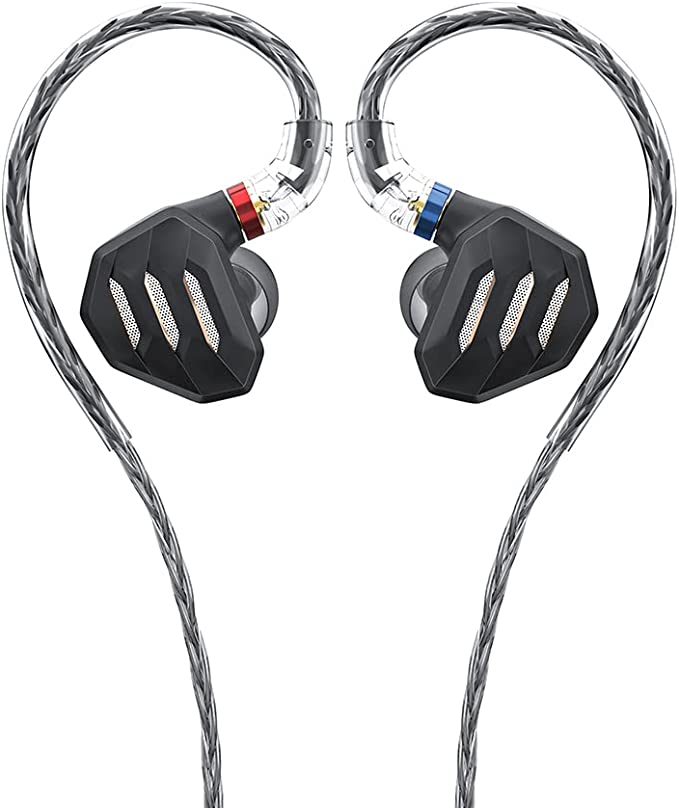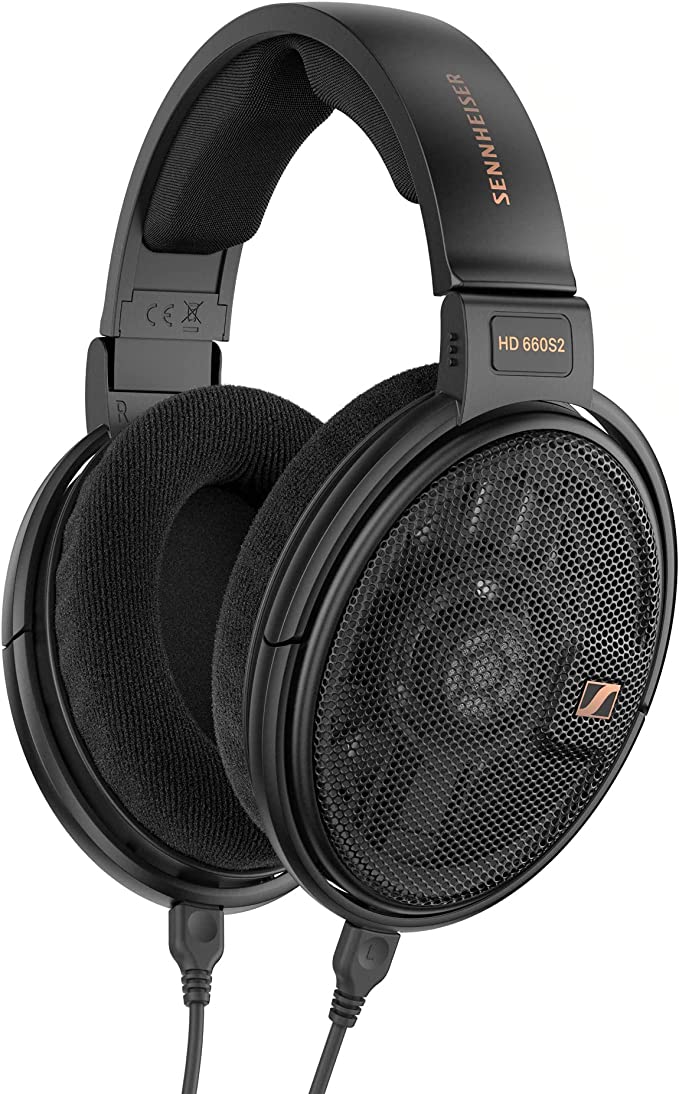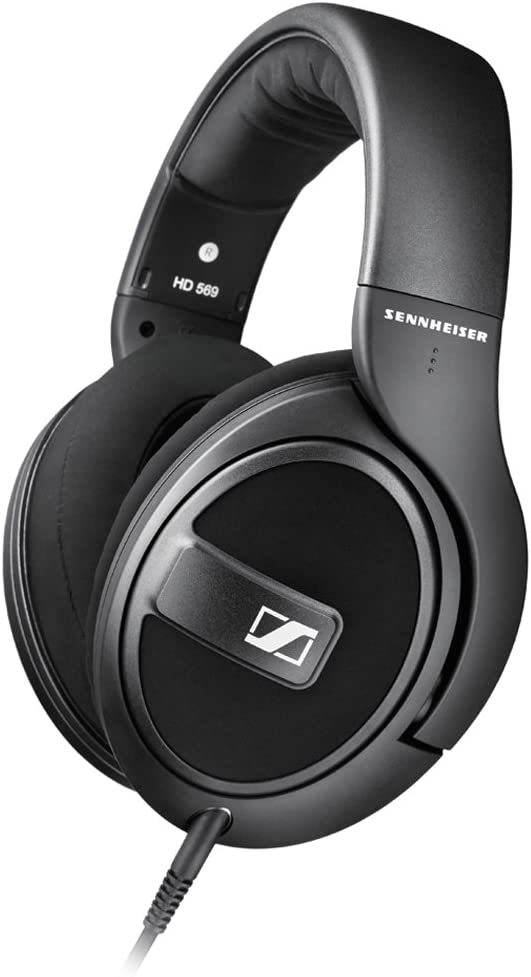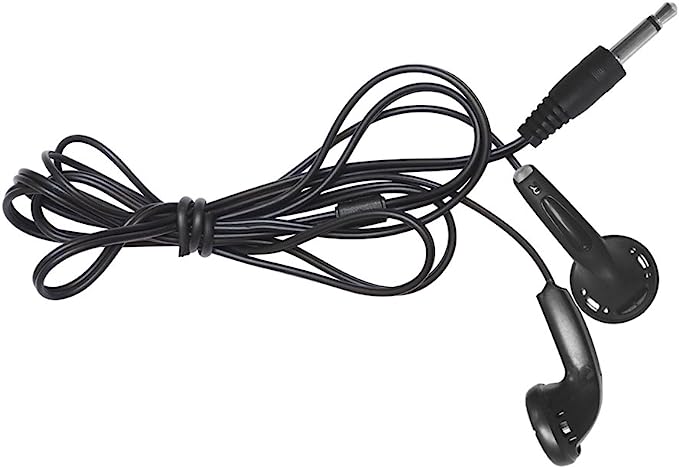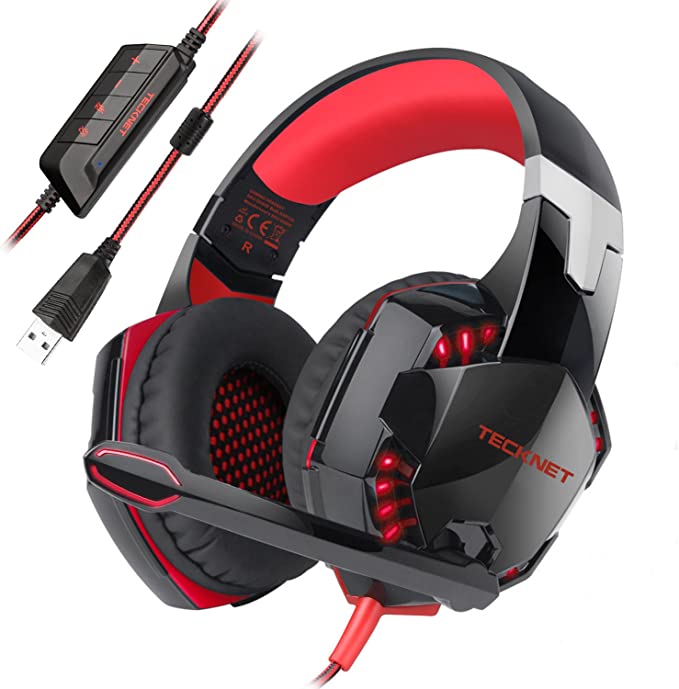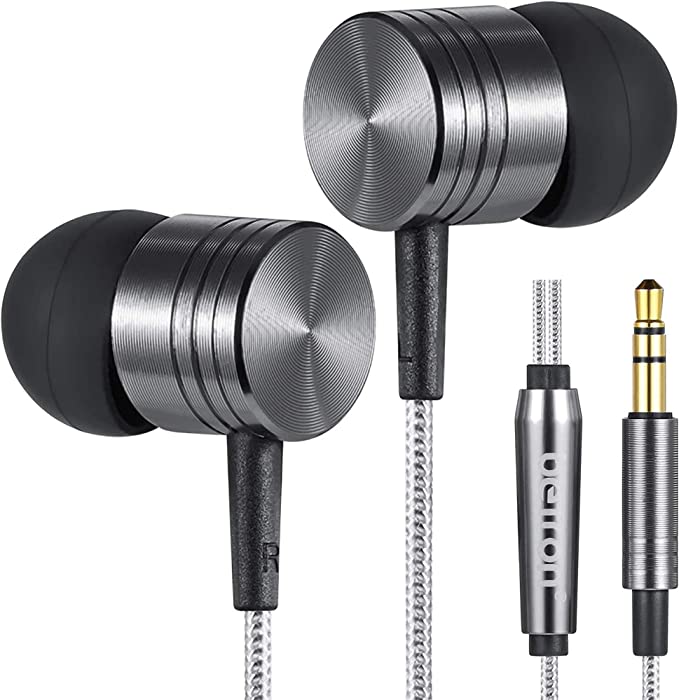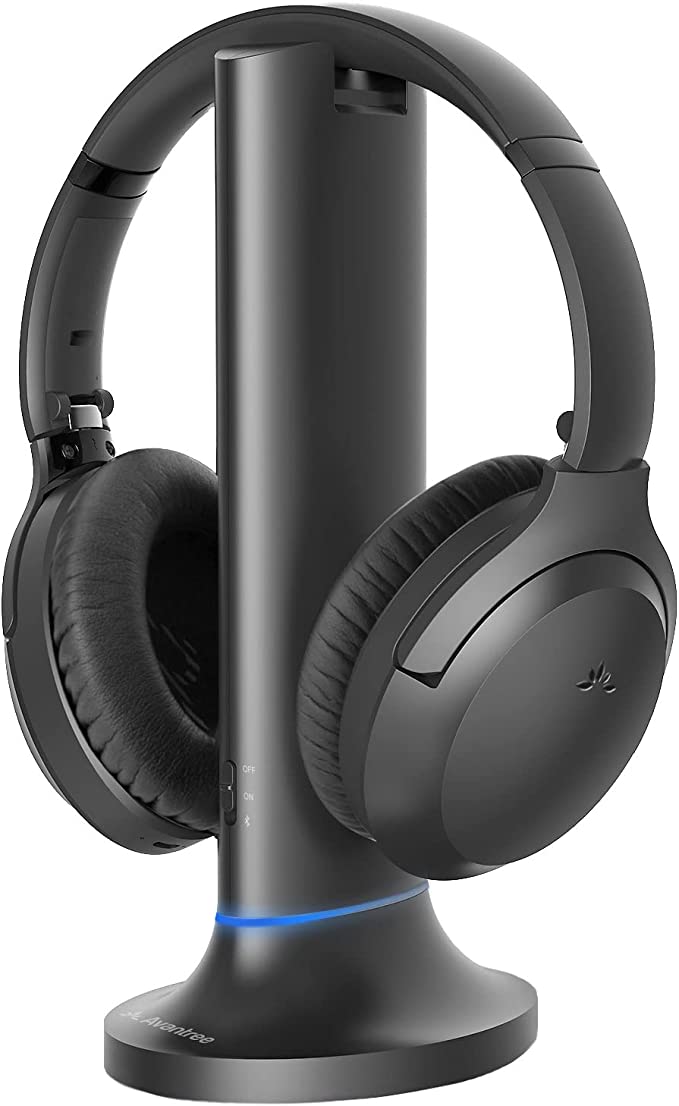Razer Hammerhead Pro HyperSpeed: Immerse Yourself in the Game
Update on Aug. 4, 2025, 8:47 a.m.
In the world of audio engineering, we live by a simple, brutal truth: the wire is king. For decades, that thin strand of copper has been the undisputed conduit of pure, unadulterated sound—instantaneous, clean, and honest. To dream of cutting it was to dream of defying the gods of physics. To attempt it was to enter a relentless war on three fronts: a battle against the tyranny of time itself, a crusade for sonic purity, and a constant, draining struggle against the insatiable hunger for power.
Every wireless audio device you’ve ever held is a dispatch from this war. And the Razer Hammerhead Pro HyperSpeed is one of the most fascinating dispatches I’ve seen in years. It’s not just a pair of earbuds; it’s a masterclass in engineering triage, a story of brilliant, painful compromises made in the pursuit of an impossible ideal.

The Tyranny of Now: Chasing the Ghost of Latency
Let’s talk about lag. Not the buffering icon on your video stream, but a far more insidious delay that poisons our perception of reality. Your brain is a master clock, a synchronization engine that has spent millions of years perfecting the alignment of what you see and what you hear. When a twig snaps in the forest, the sight of the breaking branch and the sharp crack of its sound arrive at your consciousness in perfect harmony. In the digital world, this harmony is fragile.
Standard Bluetooth, the technology that promised to free us, is a casual conversationalist. It’s polite, versatile, and dreadfully slow for any task that demands immediate response. Its latency, the delay between signal transmission and reception, can easily exceed 150 milliseconds. To your brain, this is an eternity. It’s the digital equivalent of seeing lightning and hearing the thunder a full second later—a disconnect so profound it shatters immersion and renders competitive gaming impossible. You hear the enemy’s footstep after their shadow has already crossed your screen.
This is where Razer’s HyperSpeed technology ceases to be a marketing term and becomes a targeted military operation. To understand its brilliance, you must first picture the environment it operates in: the 2.4 GHz ISM band. This is not an empty highway; it is a chaotic, unregulated public square, screaming with the noise of every Wi-Fi router, microwave oven, and Bluetooth device in the vicinity. Sending a time-sensitive audio signal through this bedlam is like trying to whisper a secret across a crowded rock concert.
HyperSpeed’s strategy is not to shout louder, but to build a secret tunnel. By using a dedicated USB-C dongle, it establishes a private, proprietary link that ignores the public chaos. The data protocol is stripped down, shedding the conversational baggage of Bluetooth for a lean, purpose-built structure designed for one thing only: speed. This is how it achieves a latency of under 60 milliseconds—a number that slips beneath the threshold of conscious human perception. It’s not true instantaneousness, but it is a masterfully engineered illusion of it, a ghost of a delay so fleeting that the brain’s master clock accepts it as now. It is the costly, power-hungry, but ultimately successful defiance of wireless audio’s first great tyrant.

The Echo of Silence: The Alchemical Pursuit of Fidelity
The second front in this war is the fight for fidelity. What is “good sound”? For decades, the answer was tied to the hallowed halls of recording studios and the golden standard of THX certification—a mark born from George Lucas’s frustration that cinema audiences weren’t hearing Star Wars the way his sound designers intended. THX is not an effect; it is a promise. It is a guarantee that a device can reproduce sound with a flat frequency response and minimal distortion, delivering the audio to your ears exactly as it was forged in the creative crucible.
But achieving this in the open world, outside the controlled environment of a studio, presents a new enemy: reality itself. The constant, low-frequency rumble of air conditioning, the drone of city traffic, the chatter of a nearby conversation—this is noise, and noise is the mortal enemy of detail. It masks the subtle cues, muddies the bass, and smears the delicate texture of a soundscape.
This is why the inclusion of Active Noise Cancellation (ANC) in a high-fidelity device is not a luxury feature, but a foundational necessity. It is the second prong of the attack on impurity. Inside each earbud, tiny, hyper-sensitive MEMS (Micro-Electro-Mechanical Systems) microphones act as sentinels. They listen to the outside world, capture the waveform of the invading noise, and in a feat of real-time computational alchemy, generate a perfectly inverted wave—an “anti-noise.” When your noise wave’s peak meets the anti-noise’s trough, they annihilate each other in a whisper of destructive interference.
What’s left is a canvas of engineered silence. On this canvas, the THX-certified drivers can finally paint their masterpiece. You don’t just hear the explosion; you hear the crisp tinkle of glass shards scattering in its wake. You don’t just hear the dialogue; you perceive the subtle intake of breath before a word is spoken. ANC, therefore, is not just about blocking the world out; it’s about letting the sound in, by dramatically improving the most critical specification of all: the signal-to-noise ratio delivered to the human brain.

The Price of Power: An Engineer’s Bargain with Physics
We have chased down latency and sculpted a space for pure sound. But every victory in this war has been paid for in the universal currency of physics: energy. And this brings us to the third and perhaps most unforgiving front—the battle against the finite laws of power.
Inside each earbud lies a tiny lithium-ion battery, a marvel of modern chemistry, yet it is a fundamentally limited reservoir. Every advanced process we’ve celebrated is a drain on this reservoir. The HyperSpeed radio, maintaining its high-speed, unblinking connection, is thirsty. The ANC processor, performing millions of calculations per second to generate its anti-noise signal, is ravenous. The vibrant Chroma RGB lighting, while aesthetically pleasing, is yet another mouth to feed.
This is the heart of the engineering trilemma. The user-reported battery life of two to four hours during intense gaming is not a product flaw; it is the bill coming due. It is the honest, unavoidable price for running a high-performance radio and a sophisticated acoustic processor simultaneously within a space smaller than a postage stamp. To demand more speed and more processing without sacrificing battery life is to demand that an engineer break the Shannon-Hartley theorem, a foundational law of information theory that inextricably links bandwidth, noise, and power. It simply cannot be done.
This is why the inclusion of Bluetooth 5.3 is not a redundant feature but an act of profound engineering pragmatism. It is the “peace treaty” mode. When the war for low-latency dominance is not being waged, the earbuds can switch to this far more energy-efficient standard for listening to music or taking a call. It is a tacit admission that you cannot be at war footing all the time. It is the moment the engineer turns to the user and says, “Choose your battle, and choose your compromise.”

A Moment in a Relentless Battle
So, what is the Razer Hammerhead Pro HyperSpeed? It is not a perfect product, because a perfect wireless product is a physical impossibility. Instead, it is a brilliant, transparent compromise. It is a monument to what can be achieved when engineers push right up against the unyielding walls of physics in service of the user experience.
It represents the current front line in a conflict that will never truly end. It tells a story of taming time, sculpting silence, and paying the steep price of power. It’s a reminder that in the quest for technological perfection, the most elegant solutions are often not about finding a magic bullet, but about mastering the art of the intelligent bargain. And for a brief, glorious, lag-free moment, that bargain feels very much like victory.







